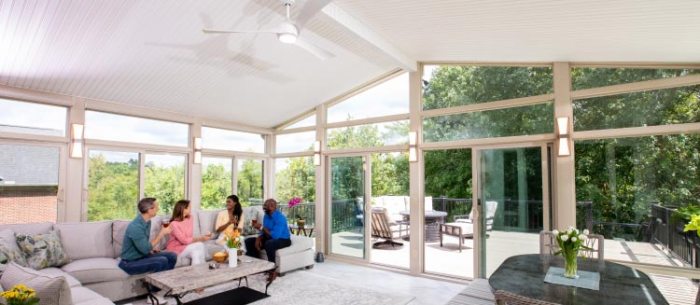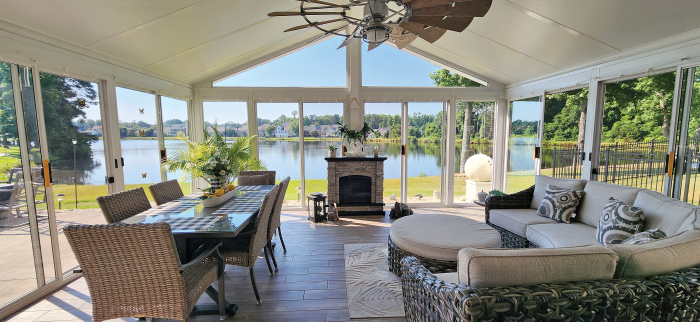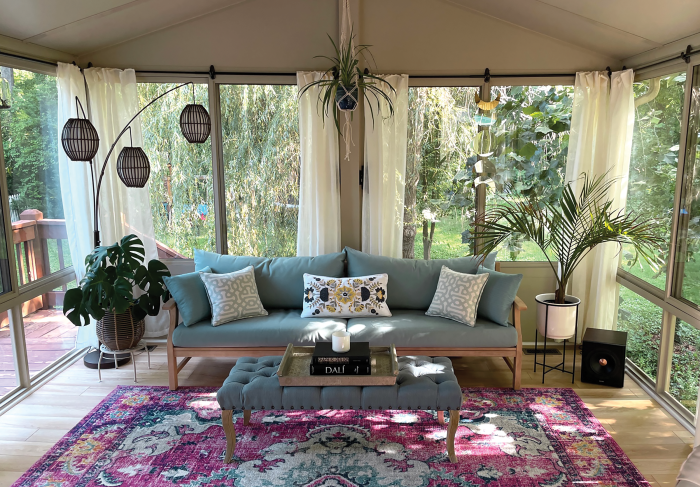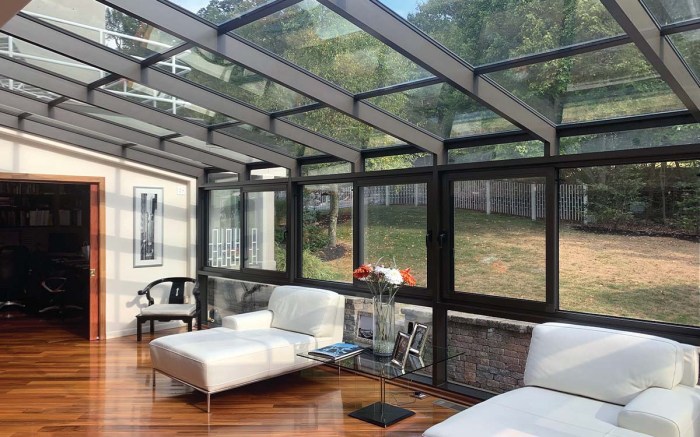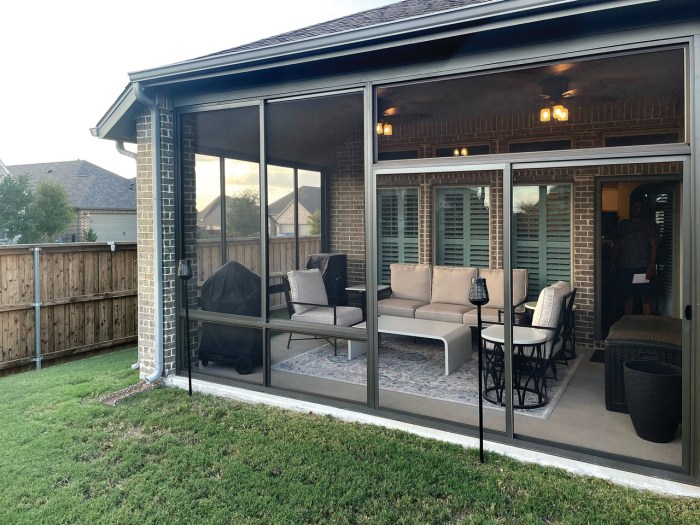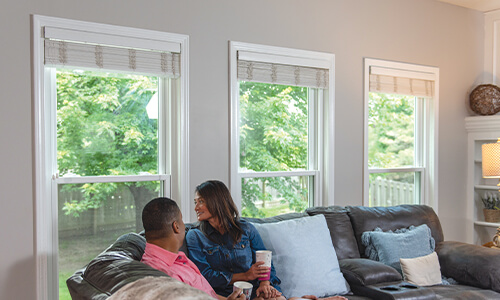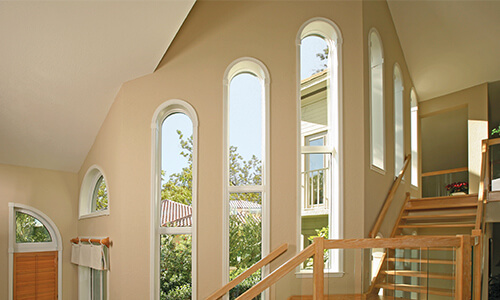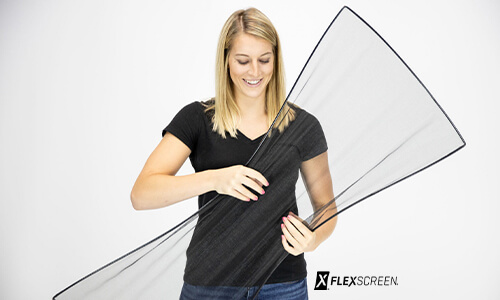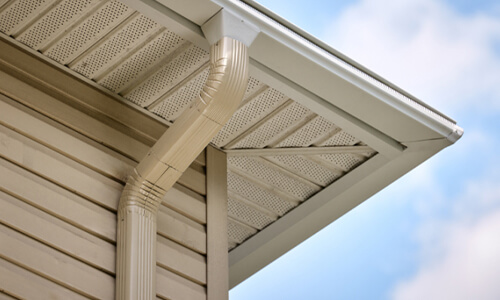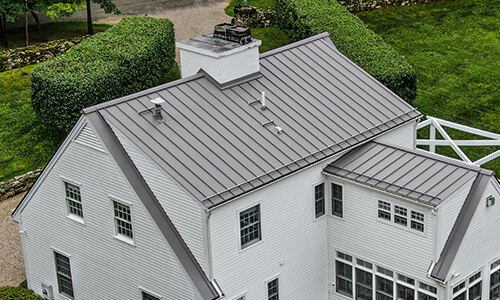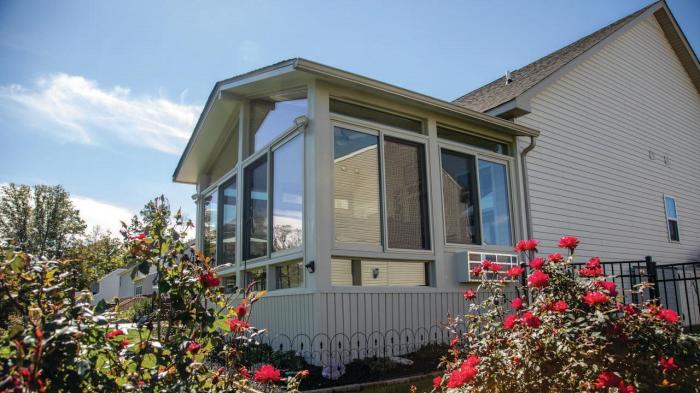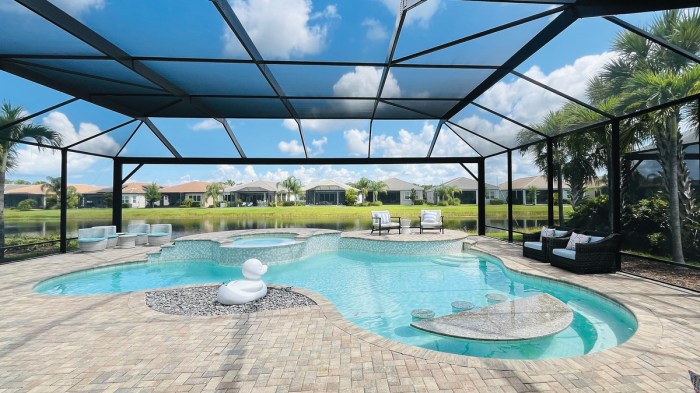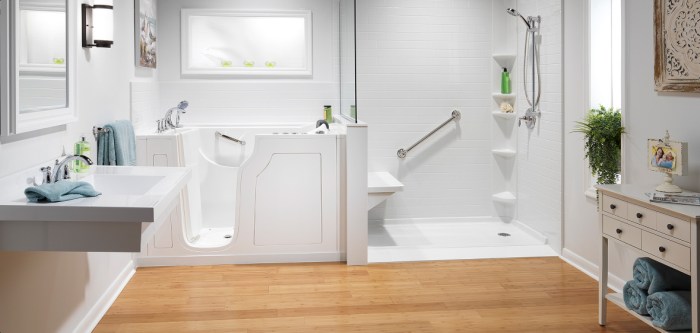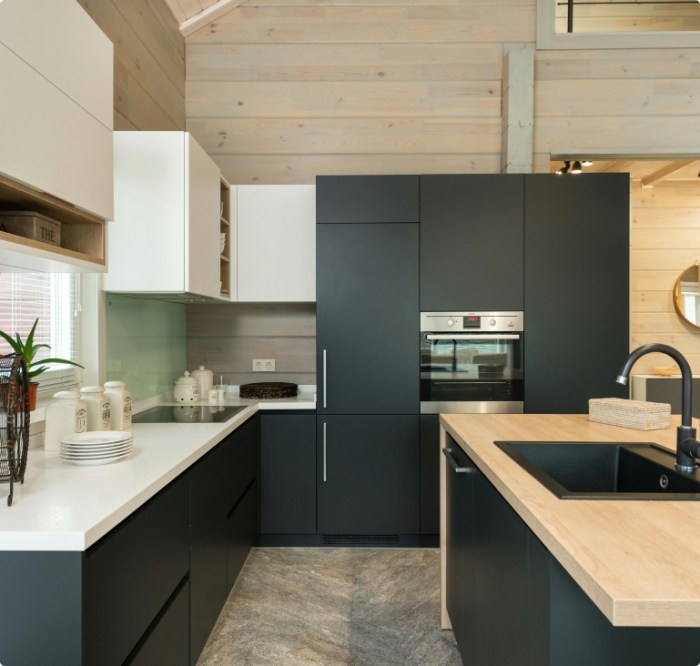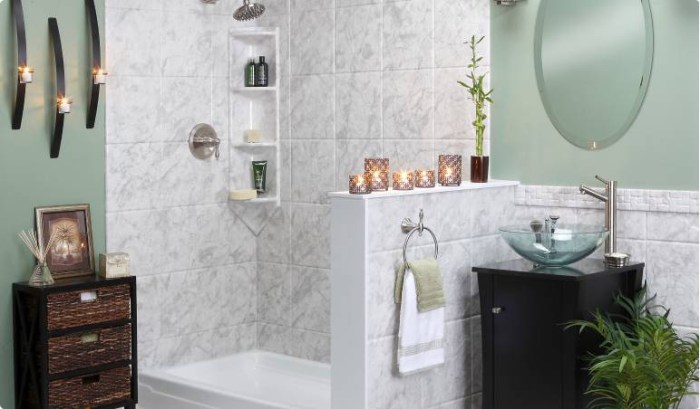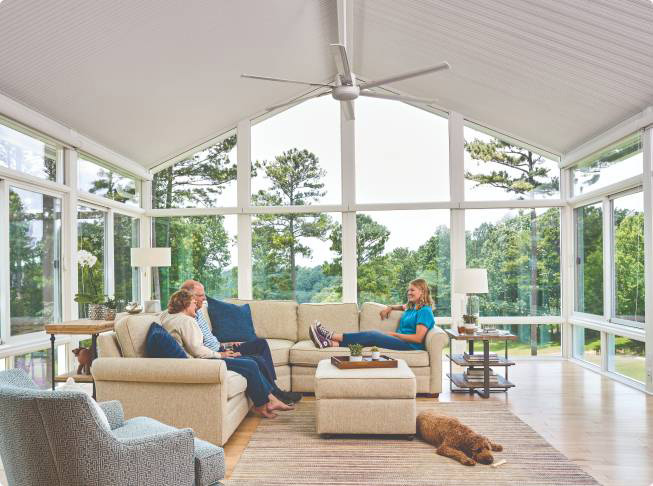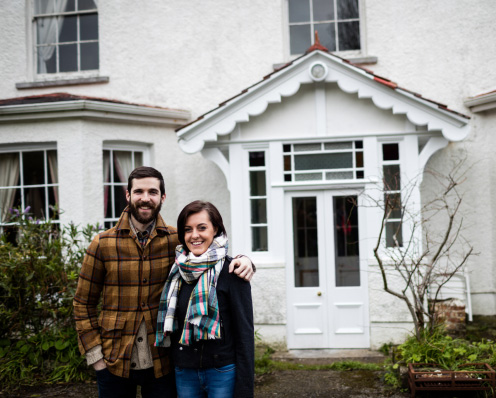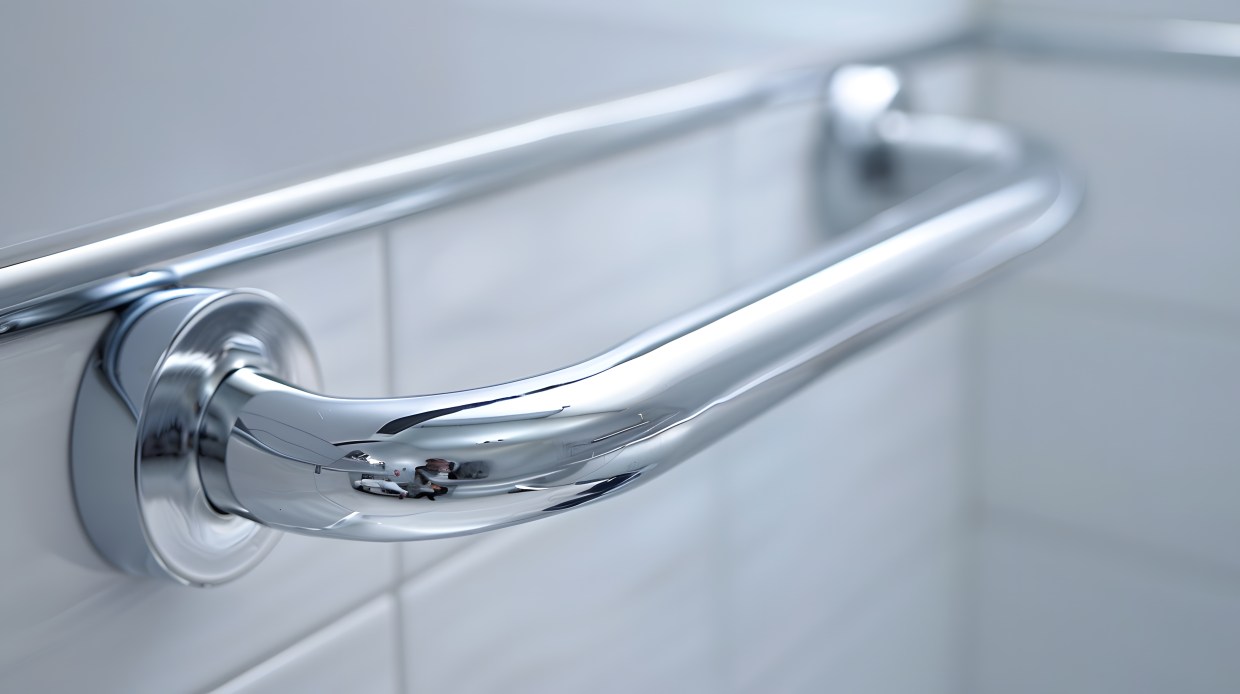Transforming your bathroom into a safer, more accessible space can provide peace of mind for you and your family. Follow these simple steps to ensure that your bathroom meets your accessibility needs with high-quality, professional upgrades.
Step 1: Decide Where Your Bathroom Could Use More Safety
The first step in making your bathroom more accessible is to identify areas that need improvements to enhance safety and usability. Common safety features to consider adding include:
- Grab Bars: Install these in the shower, near the toilet, or along walls to provide support while moving around the bathroom.
- Shower Seats: Built-in or foldable seating options offer a safe, comfortable place to sit during a shower.
- Handheld Showerheads: Flexible hoses allow easier use for those seated or with mobility challenges.
- Non-Slip Flooring: Use non-slip mats or tiles to reduce the risk of falls, especially in wet areas.
- Lower Step Surfaces: Consider low-threshold or walk-in showers and tubs to eliminate high steps that can be a tripping hazard.
- Additional Shelving: Install shelves at reachable heights to avoid bending or stretching for items.
Step 2: Decide Who Could Benefit from These Features
Once you’ve identified the areas that need attention, think about who will be using these safety features.
- Seniors: Ensure their safety by adding grab bars, shower seats, and low-step showers for easier access.
- People with Limited Mobility: A handheld showerhead and additional seating can help those who need support while bathing.
- Family Members with Disabilities: Custom installations such as wider doors, lower counters, and accessible storage can benefit individuals who use mobility aids.
By understanding who will use the bathroom, you can prioritize which safety features are most essential for your family’s needs.
Step 3: Research Professionals to Help with Your Project
Next, research professional contractors who specialize in accessible bathroom renovations. Look for companies that offer:
- Experience and Expertise: Choose a company with a proven track record in installing accessible bathroom features.
- High-Quality Materials: Ensure that the products used are durable and safe for long-term use.
- Warranty and Support: Verify that the company offers warranties on products and labor to protect your investment.
- Efficiency: Find a team known for completing projects on time with minimal disruption to your daily life.
This research will ensure that your project is in capable hands, guaranteeing a result that meets your needs.
Ready to Get Started?
Don’t wait to make your bathroom safer and more accessible. Call The Bath Authority today at (855) 864-7620 or schedule your consultation online today!






















